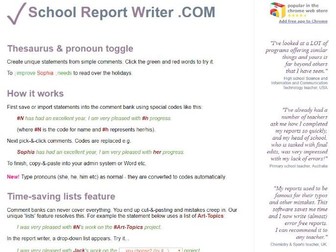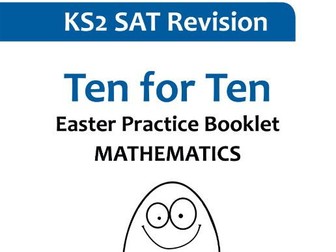
Report comments / report writer (free web app)
An extremely flexible and customiseable report writer / feedback generator, which has personally saved me a great deal of time in writing end-of-year reports. A large selection of downloadable comment bank files are available, covering a growing range of subjects and age groups. Life-saver during that ‘special time of year’. The comment bank could easily be adapted to use as a marking / feedback tool for exercise books or any other assessments. (This is a web app - follow the link in the “WEB-LINK” file or click on the link in the “information” document).

